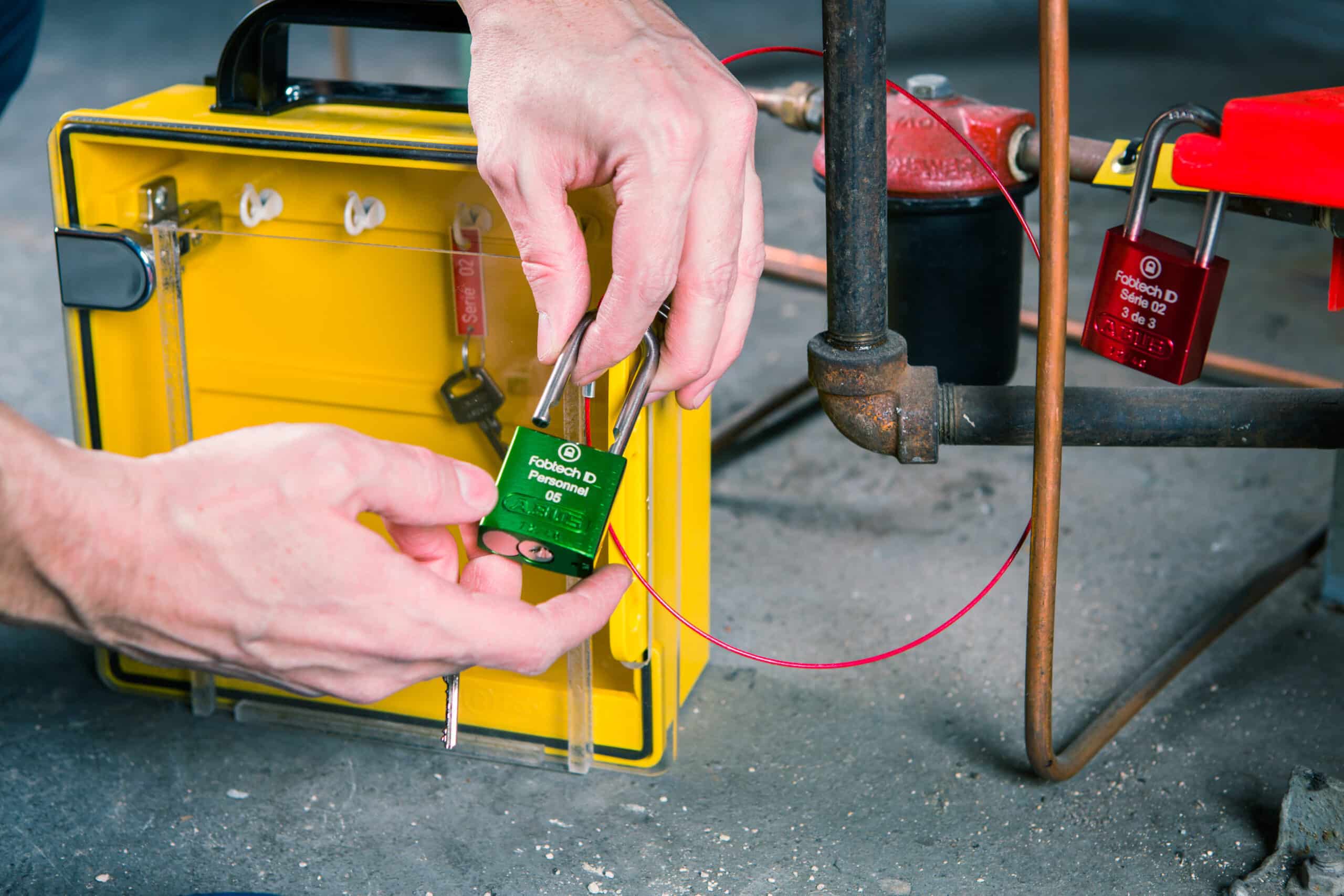LOTO | Different Types of Locks for Different Purposes


Writing and Approving Your LOTO Procedures
6 January 2022
Figuring out a system to organize your lockout tagout procedures isn’t difficult but it takes a little planning before you get started. There are some basic decisions to make before you even start writing.
The most important one is, will you be using a document/spreadsheet-based system where you have each procedure documented separately, or are you going to use a dedicated software database system? Each has pros and cons, but I’ll have to go over those in another article.
That’s the easy part. Now you must decide whether to write a procedure for each separate piece of equipment that might need repair or replacement, or do you simply make procedures for entire systems. You’ll have to see if you can isolate one item, or if you need to shut down the entire production line when doing maintenance.
Let’s say that locking out the single motor takes several steps to make sure that it’s properly isolated from everything around it. But this motor is within the production line which means when this motor is out, the entire production line is out as well. Locking out the entire production line rather than just the single motor might be easier.
CONFORMiT experts have developed a tool dedicated to the implementation of a strong lockout procedure, and we are sharing this free tool with you:
Hiring outside firms to produce your LOTO procedures is a great idea but realize that they will still need your company’s expertise to answer many questions. If you leave it completely to an outside consultant to make these decisions, you’ll have a bulletproof lockout/tagout safety program but the procedures might be unwieldy and inefficient. The focus will be mainly on compliance. Yes, you want to make things as compliant to laws and regulations as possible, but you also must balance that with safety and efficiency.
As we work out each individual procedure, we also need to consider the order of the isolation points for each piece of equipment. Ideally, it is the shortest, easiest path, but this isn’t always possible. Sometimes the wrong order can create its own risks. What if locking out the devices in a certain order traps gas – residual energies in the machine for instance?
Once you’ve work out all those considerations, it’s time to write out the procedure(s). You might need some help as odds are, you aren’t an expert in each piece of equipment that you are discussing. Maybe you’re an operations person who understands how the machine works, but you don’t necessarily understand every single electrical thing that goes into it, or every pneumatic thing.
It’s best to employ some assistance from an electrician, mechanic, engineer, or any other knowledgeable person to get all the right information. In an ideal world, you would have procedures that are intuitive and completely failsafe. But even IKEA hasn’t reached that level of sophistication in their instructions. Since this is not an ideal world, try to keep your procedures short enough so people don’t get “bored” reading them, and focus on essentials – the energy isolating devices.
Once the draft is completed, you’ll want to send it to someone who has an equal knowledge of the machine, or better. This person is going to proofread your procedure. And not only proofread it, but they’ll also actually walk through the whole process to validate technical information.
They’ll take the procedure out into the field and make sure that every single step makes sense. This is usually done by a person that works in the facility, not an outside consultant.
You never want to leave the review part to external people. Consultants are great at seeing the scope of the projects, analyzing machines, understanding what goes in, what comes out in terms of risk and energies, and what’s controlling them.
But they don’t necessarily know how the machines operate. They don’t know the specifics of the machines. For example, they won’t necessarily know the correct order for shutting down the machine or the lockout tagout steps for a specific danger zone. You really want the review process to be performed by someone who knows your operation.
In fact, since there are several disciplines involved in the lockout tagout, you might need several people reviewing the process together, such as an electrician, mechanic, and operator. You don’t want them walking through it individually because there might be an item or two they all miss separately, which they wouldn’t together.
Best case scenario, the experts fully agree on what you wrote. Thumbs up. The procedure is good. Then the only thing left is to have a director or supervisor-type person in the company check it over. They will simply confirm that the people that wrote the procedure and the ones who reviewed it, respected the company’s internal processes and workflow. The authority doesn’t need to have knowledge about the actual machine. They simply need to know whether the people performing the review are competent and whether they went through the established process.
Worst case scenario, they completely disagree with what was written. In that case, they’re going to have it rewritten completely, then submitted to different people for review. If that isn’t approved, it would go back to the original team until there was some agreement. Hopefully it doesn’t go that far, but it can.
Once you finally have agreement on your procedure, celebrate. It’s a big achievement to properly create a document that will keep workers safe while keeping production downtime to a minimum.
But don’t celebrate too long. There are always more procedures to create but you can count on our EHS experts to help out. Contact us today!